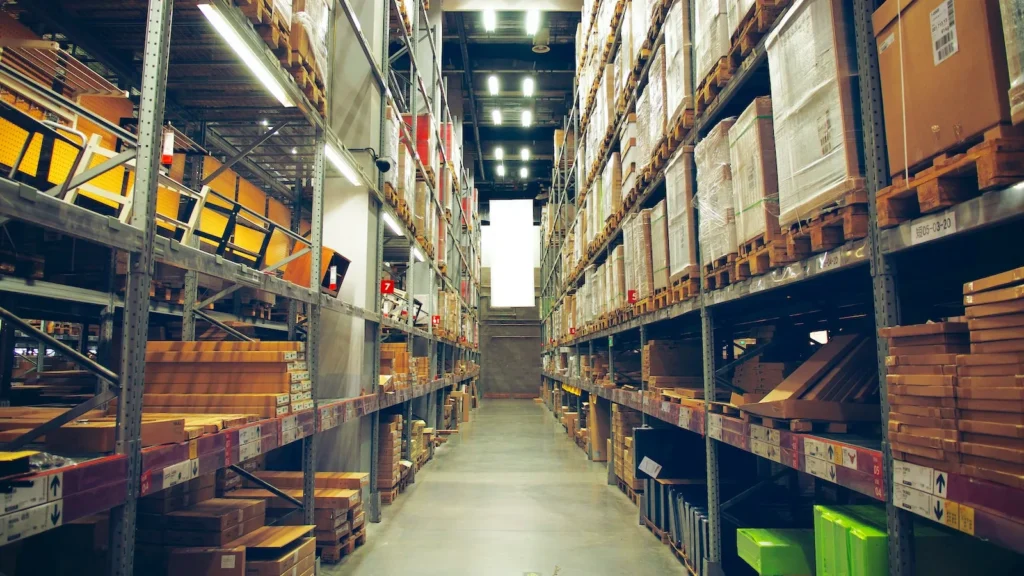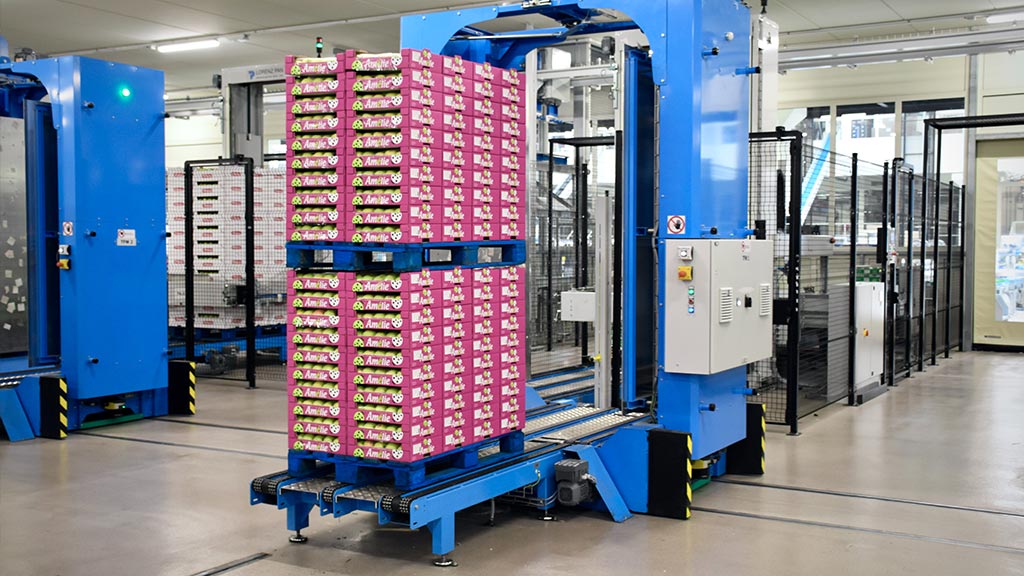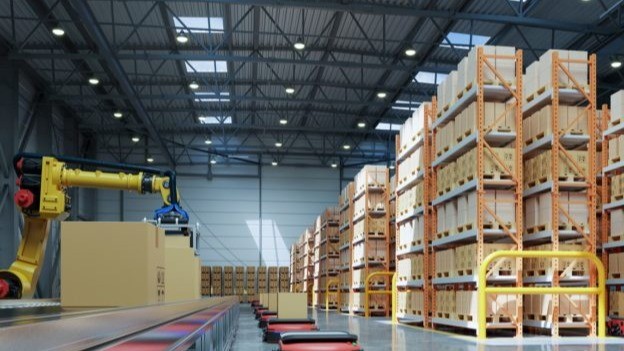Sri Lanka’s e-commerce industry is often described as slow, stagnant, or lagging behind global markets. Yet, behind the scenes, a second-generation logistics shift is already unfolding, quietly but decisively. Major retailers, FMCG distributors, and on-demand delivery companies are adopting micro-fulfilment centres (MFCs) and dark stores to reduce last-mile cost, shorten delivery times, and survive in a high-inflation environment.
This development signals a key transition: the country is moving from traditional warehouse-to-home delivery into Logistics 2.0, a model built for speed, efficiency, and inventory precision.
This article examines how the shift is happening, which sectors are leading, and what it means for Sri Lanka’s next phase of e-commerce growth.
Why the Old E-Commerce Model is Breaking Down
Traditional Sri Lankan e-commerce relied heavily on:
- Centralised warehouses in Kelaniya, Peliyagoda, or Kottawa
- Long-distance deliveries
- Cash-on-delivery (COD) delays
- Manual inventory processes
- Broad delivery windows (1–2 days)
This model is now inefficient because:
- Fuel price fluctuations make long-distance last-mile delivery costly.
- Urban congestion creates unpredictable delivery timelines.
- Customer expectations have shifted to same-day or next-day delivery.
- Retailers need tighter stock control because of slim margins.
The result: retailers are forced to rethink fulfilment architecture to survive.
What Exactly Are Micro-Fulfilment Centres and Dark Stores?
Micro-Fulfilment Centres (MFCs)
These are small, tech-enabled warehouses located close to high-population zones, often 1,000-3,000 sq ft, designed for fast picking and dispatching.
They typically include:
- High-speed racking
- Compact inventory storage
- Real-time stock syncing
- Automated picking systems (semi- or fully-automated)
They support 2-6 hour delivery windows.
Dark Stores
Retail outlets that are closed to customers but operate entirely as online-order fulfilment hubs.
Perfect for grocery, FMCG, beauty, and pharmacy orders.
They allow:
- Instant order processing
- Multi-slot daily replenishment
- Predictable picking times
- High delivery density
In developed markets, dark stores power platforms like Getir, Gorillas, and Instacart. Sri Lanka is now adopting a similar model adapted for local conditions.
Who Is Driving This Shift in Sri Lanka?
Several categories of local businesses are quietly expanding MFC and dark-store networks:
1. Large FMCG retailers
Supermarkets and consumer-goods companies are placing micro-fulfilment nodes inside Colombo suburbs to support faster delivery for groceries and household essentials.
2. Fashion and apparel brands
Mid-tier brands are using small backroom fulfilment centres for express delivery within Colombo 1-15.
3. Pharmacy chains
Medicine delivery demands accuracy, SKU control, and speed, making compact dark stores ideal.
4. On-demand food and courier platforms
Delivery apps are adding high-density micro-hubs to shorten rider travel time and reduce per-order loss.
5. Hybrid physical-digital retailers
Electronics, cosmetics, and lifestyle brands use micro-fulfilment to manage rapid online order spikes during promotions.
Why Dark Stores Are Becoming Attractive Right Now
1. Last-mile cost is soaring
Fuel, delivery partner commissions, and urban congestion have increased the per-order cost by 25-50% over the past three years.
Dark stores reduce the average distance travelled.
2. Consumer expectation for speed
Sri Lankan online shoppers now expect:
- Same-day delivery within Colombo
- Faster fulfilment for essentials
- Real-time tracking
A central warehouse cannot support these expectations.
3. Better control of inventory shrinkage
Dark stores minimise:
- Pilferage
- Damaged returns
- Stock mismatches
This is crucial in a thin-margin economy.
4. Scaleable, modular growth
Expanding a dark-store network is cheaper and faster than building large distribution centres.



Case Study Trends Emerging in the Local Market
1. Grocery: 2-hour delivery experiments
Some major retailers are testing hyperlocal grocery fulfilment, with inventory segmented by zone (Col 03, Col 06, Rajagiriya, Dehiwala, etc.).
Even without full automation, this improves delivery speed dramatically.
2. Apparel: Express fashion delivery
Brands are using mini warehouses inside city malls or unused upper floors to deliver within 4-6 hours.
3. Pharmacy: Dark-store prescription hubs
Pharmacy chains are creating micro dispensaries assigned purely to online orders, reducing queue delays.
4. Courier platforms: Rider density optimisation
Delivery platforms are opening micro-hubs within 3-4 km of high-order clusters, cutting delivery failures and boosting rider utilisation.
Technology Behind Logistics 2.0 in Sri Lanka
Key enablers:
- WMS (Warehouse Management Systems) with zone-based picking logic
- Real-time inventory apps syncing store + warehouse
- Batch picking algorithms for high-density periods
- Heat-map delivery routing
- IoT shelf sensors (adopted by early players)
- Barcode automation and RFID tagging (mostly in apparel and electronics)
Even partial automation improves fulfilment efficiency by 20-35%.
Business Advantages Retailers Are Already Seeing
- Lower last-mile cost – shorter delivery radius = smaller fuel and labour cost.
- Higher delivery reliability – tighter fulfilment windows build customer trust.
- Better return management – dark stores process returns separately from retail stores.
- Increased conversion – fast delivery encourages impulse purchases.
- Improved stock rotation – less dead stock, faster SKU movement.
This is especially valuable during high-volatility seasons such as Avurudu, Black Friday, and Christmas.
Challenges Slowing Down the Shift
1. Fragmented logistics tech
Many local retailers still use legacy ERP systems that don’t sync well with MFC operations.
2. High urban rent
Setting up micro-fulfilment in Colombo 1–15 is expensive unless space is optimised.
3. Workforce training
Dark-store operations require precision picking and inventory discipline.
4. Cash-on-delivery risk
COD remains a barrier to efficient express delivery.
The Road Ahead: What Will Define Logistics 2.0 in Sri Lanka
1. Expansion of 30–50 micro hubs across Western Province
Retailers will spread a cluster of MFCs across cities, colocation with supermarkets is expected.
2. Transition to “delivery within hours” for high-demand categories
Groceries, baby items, health products, cosmetics, and snacks will dominate hyperlocal delivery.
3. Inventory intelligence & predictive picking
Retailers will use data to pre-position expected fast-moving SKUs.
4. Integrated national logistics grids
Regional hubs in Kandy, Galle, and Kurunegala will support next-day islandwide delivery.
How Micro-Fulfilment Centres and Dark Stores Are Reinventing Sri Lanka’s E-Commerce
Sri Lanka’s e-commerce sector may appear subdued, but its logistics backbone is undergoing a structural upgrade. Dark stores and micro-fulfilment centres are not just a global trend, they are becoming essential for local retail survival.
The retailers that embrace Logistics 2.0 today will control:
- Faster delivery
- Lower costs
- Smarter inventory
- More loyal customers
Those who resist will find it harder to compete in a high-speed, low-margin digital economy.
For ongoing analysis of Sri Lanka’s economic developments and business insights, stay connected with LankaBizNews.com, your trusted source for informed business intelligence.





